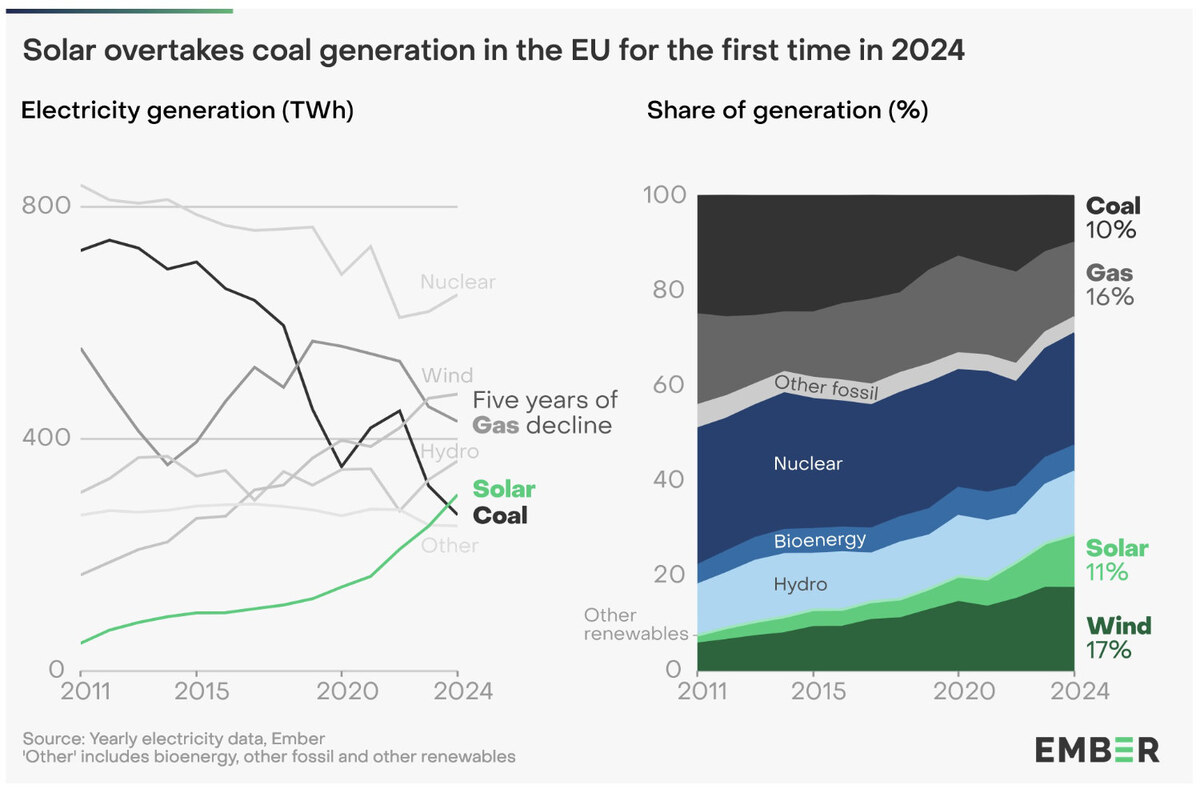LIMA: President Joe Biden is expected to use his final meeting with China’s leader, Xi Jinping, to urge him to dissuade North Korea from further deepening its support for Russia’s war on Ukraine.
Saturday’s talks on the sidelines of the annual Asia-Pacific Economic Cooperation summit in Peru come just over two months before Biden leaves office and makes way for Republican President-elect Donald Trump. It will be Biden’s last check-in with Xi — someone the Democrat saw as his most consequential peer on the world stage.
With the final meeting, officials say Biden will be looking for Xi to step up Chinese engagement to prevent an already dangerous moment with North Korea from further escalating.
Biden on Friday, along with South Korean President Yoon Seok Yul and Japan’s Prime Minister Shigeru Ishiba, condemned North Korean leader Kim Jong Un’s decision to send thousands of troops to help Moscow repel Ukrainian forces who have seized territory in Russia’s Kursk border region.
Biden called it “dangerous and destabilizing cooperation.”
White House officials also have expressed frustration with Beijing, which accounts for the vast majority of North Korea’s trade, for not doing more to rein in Pyongyang.
Biden, Yoon and Ishiba spent most of their 50-minute discussion focused on the issue, agreeing it “should not be in Beijing’s interest to have this destabilizing cooperation in the region,” according to a senior administration official who spoke on condition of anonymity to discuss their private conversations.
The North Koreans also have provided Russia with artillery and other munitions, according to US and South Korean intelligence officials. And the US, Japan and South Korea have expressed alarm over Pyongyang’s stepped-up cadence of ballistic missile tests.
Kim ordered testing exercises in the lead-up to this month’s US election and is claiming progress on efforts to build capability to strike the US mainland.
Biden and Xi have much beyond North Korea to discuss, including China’s indirect support for Russia, human rights issues, technology and Taiwan, the self-ruled democracy that Beijing claims as its own. Both presidents started their day at the leaders’ retreat at the APEC summit.
There’s also much uncertainty about what lies ahead in the US-China relationship under Trump, who campaigned promising to levy 60 percent tariffs on Chinese imports.
Already, many American companies, including Nike and eyewear retailer Warby Parker, have been diversifying their sourcing away from China. Shoe brand Steve Madden says it plans to cut imports from China by as much as 45 percent next year.
“When Xi meets with Biden, part of his audience is not solely the White House or the US government,” said Victor Cha, an analyst at the Center for Strategic and International Studies in Washington. “It’s about American CEOs and continued US investment or trying to renew US investment in China and get rid of the perception that there’s a hostile business environment in China.”
White House national security adviser Jake Sullivan said Biden administration officials will advise the Trump team that managing the intense competition with Beijing will likely be the most significant foreign policy challenge they will face.
Administration officials are concerned that tensions between China and Taiwan could devolve into all-out war if there is a miscalculation by either side, with catastrophic consequences for the world.
Sullivan said the Trump administration will have to deal with the Chinese military’s frequent harassment of its regional neighbors.
Skirmishes between the Philippine and Chinese coast guards in the disputed South China Sea have become a persistent problem. Chinese coast guard ships also regularly approach disputed Japanese-controlled East China Sea islands near Taiwan.
Ishiba met with Xi on Friday. Afterward, the Japanese prime minister said he told Xi he was “extremely concerned about the situation in the East China Sea and escalating activity of the People’s Liberation Army.”
The White House worked for months to arrange Saturday’s meeting between Xi and Biden, something the Democrat badly wanted to do before leaving office in January.
Sullivan traveled to Beijing in late August to meet with his Chinese counterpart and also sat down with Xi. Beijing agreed to the meeting earlier this week.
It’s a big moment for Biden as he wraps up more than 50 years in politics. He saw his relationship with Xi as among the most consequential on the international stage and put much effort into cultivating that relationship.
Biden and Xi first got to know each other on travels across the US and China when both were vice presidents, interactions that both have said left a lasting impression.
But the last four years have presented a steady stream of difficult moments.
The FBI this week offered new details of a federal investigation into Chinese government efforts to hack into US telecommunications networks. The initial findings have revealed a “broad and significant” cyberespionage campaign aimed at stealing information from Americans who work in government and politics.
US intelligence officials also have assessed China has surged sales to Russia of machine tools, microelectronics and other technology that Moscow is using to produce missiles, tanks, aircraft and other weaponry for use in its war against Ukraine.
And tensions flared last year after Biden ordered the shooting down of a Chinese spy balloon that traversed the United States.
In their final talks, Biden expected to press China’s Xi on North Korea’s ties with Russia
https://arab.news/6zdjg
In their final talks, Biden expected to press China’s Xi on North Korea’s ties with Russia

- Saturday’s talks on the sidelines of the annual Asia-Pacific Economic Cooperation summit in Peru come just over two months before Biden leaves office



























